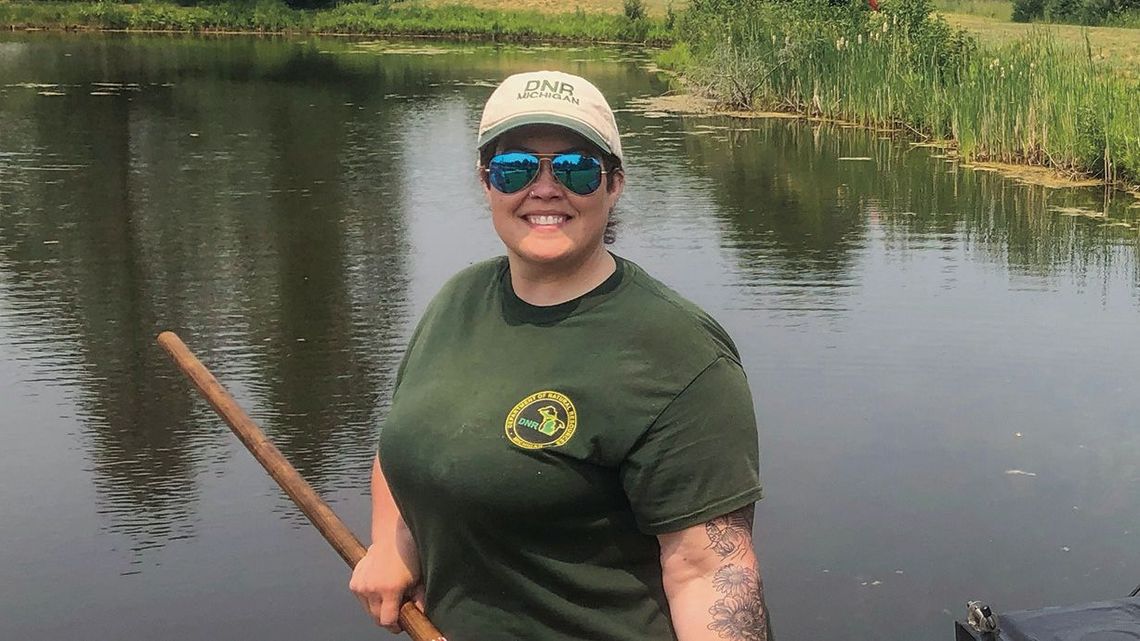Bordered on three sides by Lake Michigan and containing two of the state’s most productive inland lakes, Leelanau County offers boundless fishing opportunities for anglers. Many of those opportunities are made possible by fish plantings by the MDNR, U.S. Fish and Wildlife Agency and the Grand Traverse Band of Ottawa and Chippewa Indians.
The Enterprise had an opportunity last week to discuss fish planting efforts past and future with state fisheries biologist Heather Hettinger, who also spoke on funding shortfalls for the Fisheries Division. Alan Campbell posed a series of questions to Hettinger.
Enterprise: Fisheries Division chief Randy Claramunt delivered a stark financial report on Feb. 13 to the Michigan Natural Resources Commission, explaining that fishing license fees fall short of covering everyday expenses. Consequently, long-term infrastructure maintenance and replacement for items such as state-owned dams and fish rearing station equipment are being neglected. As someone in the front line of fisheries management, what are your thoughts?



